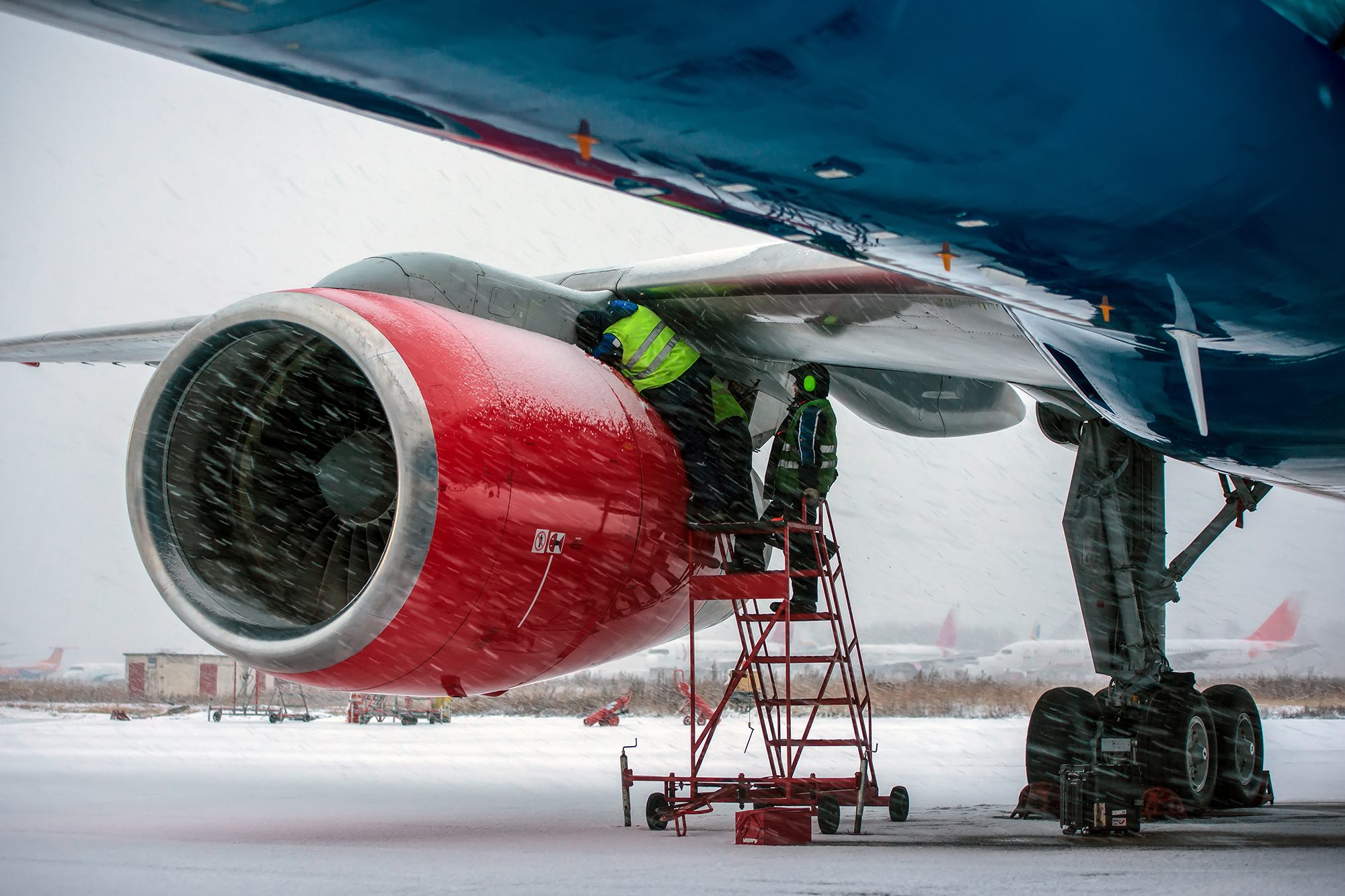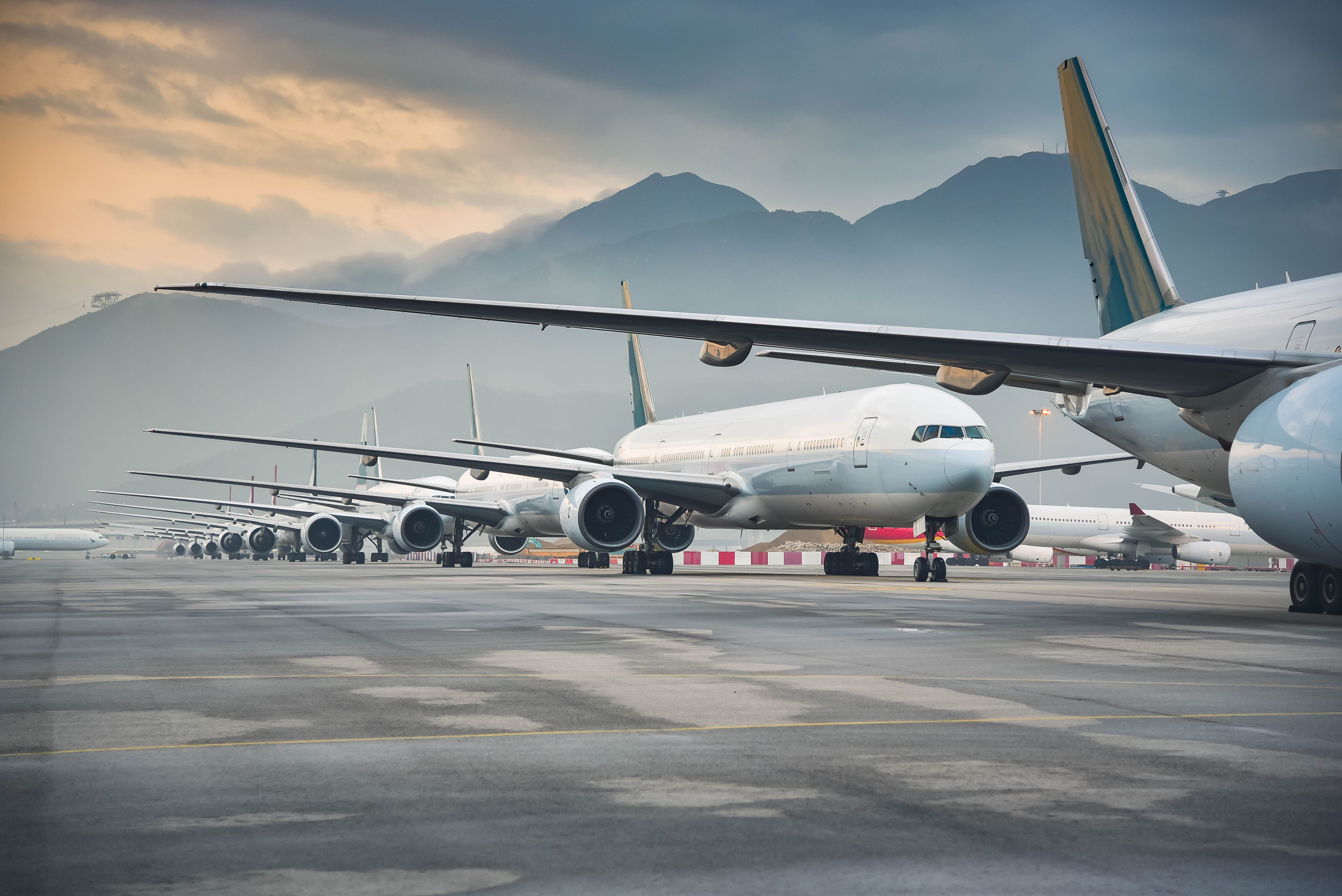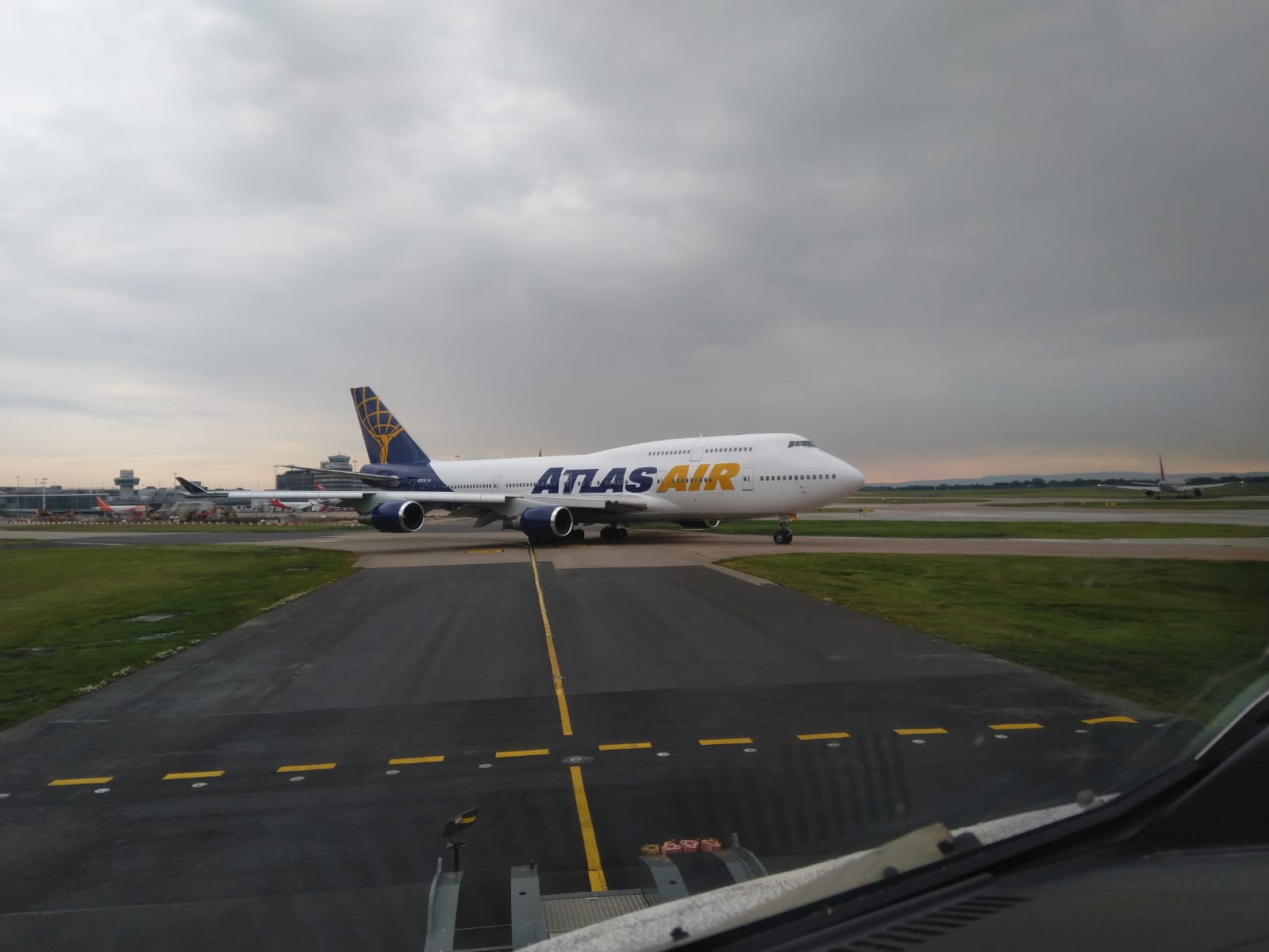Lease agreements governing aircraft engines place significant emphasis on the remaining life of critical components – this is to address the cost exposure for the lessor of such items and ensure serviceability and asset value for the engine along.
There will be several significant areas of inspection and return conditions to be aware of, noting that much of the areas are internal and as such require shop visits and come with high cost and time impacts.
Borescope Inspections look at the internal condition of the engine and blades, the condition assessment offer a detailed view of the turbine engine’s internal health, revealing wear, damage, or potential issues – within the hot section is typically highest wear.




